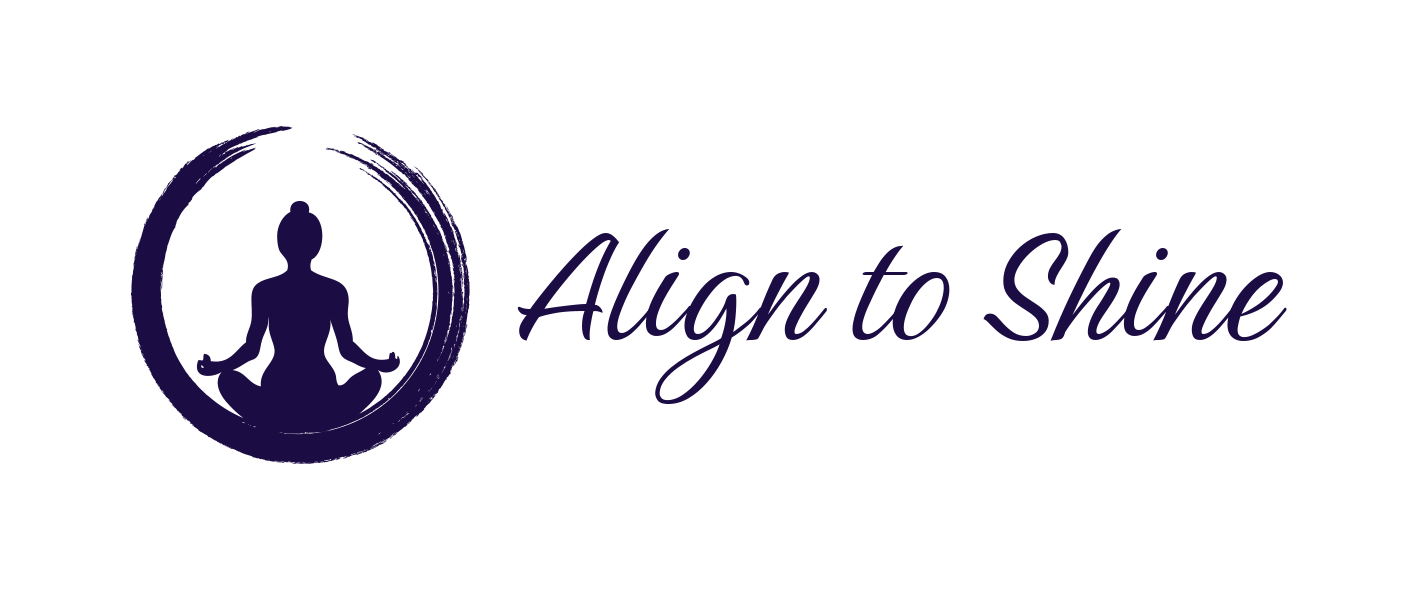Poor posture, chronic pain & tension are seen everywhere in the Western world, & sitting in chairs is the biggest reason why.
In the Western world, most people over the age of fifty have little suppleness to their spine, & lack freedom in their movement & breathing processes.This is because our lifestyle is built around sitting in positions that put our hips in a constant right angle to our legs. The L-shaped position taken during sitting causes compression of the spine & damages the spine's functional & supportive natural curves.
After years of being in these static, unnatural positions, our bodies develop bad posture, toughened connective tissue, compressed vertebrae & nerves, chronic pain, & arthritis. These right-angled positions also affect our breathing process - the expansion of our lungs, the contraction of our diaphragm, etc. The diaphragm weakens & the breath becomes shallow as we lose the connection to our deep core breathing & spinal muscles. Poor alignment also invites us to rely on our extremities for support, forcing muscles to perform unnatural functions. We begin to over engage our neck and upper back muscles, leading to ingrained (and unconscious) bad postural habits.
Sitting in chairs is unnatural, often uncomfortable, & is counter to our natural design. Over time, we begin to adapt patterns of movement & alignment that are not functional, sabotaging the ability to move & breathe from our centre. Our nervous system becomes imprinted with movement patterns & positions that waste precious energy, impeding our ability to be at ease in our body.
Unless you know how to reboot the brain's signals that direct the intricate posture & movements of your body, you are stuck with a less than optimal alignment on an innate & intrinsic level.
Contraction occurs when we have adopted habits or alignments that use muscles in ways in which they were not intended. To eliminate these habits, we must wake up parts of the body that are not doing their jobs & turn off muscles that contribute to poor posture habits. In YogAlign we focus on becoming aligned by teaching our bodies to do "less".
The process of yoga is about removing obstacles like excess muscle tension, or excessive worry. YogAlign is about creating a "sustainable body", the most energy-efficient body possible.
When we are misaligned, we waste our precious energy stores, sap our strength, compress our joints, compromise our organ function, & in the long run, develop a life of chronic aches & pains.
YogAlign focuses on:
- understanding how the body is supported & controlled
- teaching techniques to eliminate unnecessary tension & rediscover natural flexibility, tone & ease.
Our bodies are permeated by systems of connective tissue that align our body through a balanced, tensile force. By practicing safe & easy breathing exercises & positions, we can learn to work with this connective tissue to regain our fluidity.
The above exerts have been taken from Michaelle Edwards's book "YogAlign - Pain-Free Yoga From Your Inner Core" books & DVD's available at www.yogalign.com
Possible Solutions for people who spend extended periods of time in chairs could include:
- taking a five minute break every hour to stretch & do some deep breathing
- use or alternating your work time at a standing desk
- try swapping your chair for a Swiss Ball
- Saddle chairs where you knees are below your hips
Thomas Myers has more information here www.anatomytrains.com




